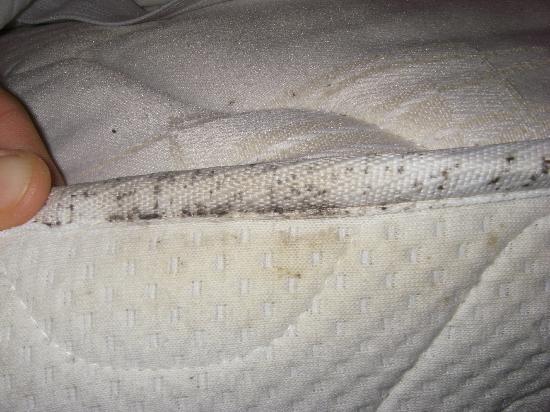You or your child wakes up in the morning with a strange red bump. Your first thought? Bed bugs! While it’s a valid and growing concern, understanding more about bed bug infestations – how they occur, how to prevent them and how they are treated – will help ease your mind.
Bed bugs have been around since Medieval times and had all but disappeared with the use of DDT, but globalization through worldwide travel and discontinued use of dangerous pesticides means that bed bugs have returned and can affect anyone.

Bed bug infestations occur through transfer. Someone brings a bed bug home on a suitcase, a bag or even a purse. Bed bugs can survive months without a meal but once they have the opportunity to find a victim, they will feed and the infestation cycle starts.
Bed bugs exhibit a feeding pattern of 5 to 10 minutes at site and typically bites occur in clusters. Most people do not feel the bite when it occurs because the saliva of the bed bug contains an anesthetic which temporarily increases blood flow and numbs the skin. Only certain people actually even react to bed bug bites.
Once the bed bug has finished the meal, they will leave and hide. They spend time digesting their meal and when they find another bed bug, which can be months later, they mate and lay eggs.
So, what do you do if you think you have a bed bug bite? First, look for bugs. If you find something, capture it to show to your exterminator. Next, call a qualified exterminator. Never try to treat bed bugs on your own. An exterminator will inspect your home or office and recommend the best treatment if bed bugs are present. Often, with a single bite, we may find that there are no bed bugs at all but can determine what caused the bite and recommend other safe and effective treatment options.
To assess and treat bed bugs or other pests, contact AJB Pest and Termite today!
